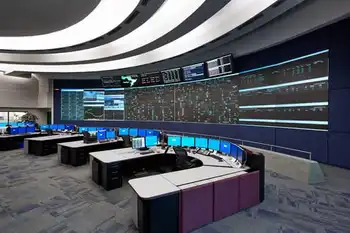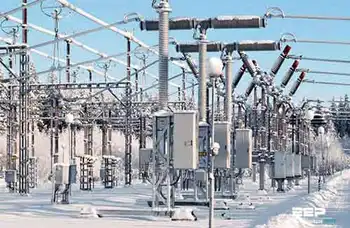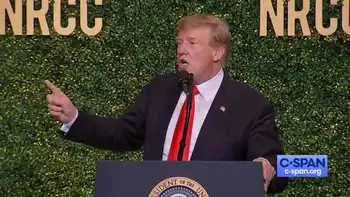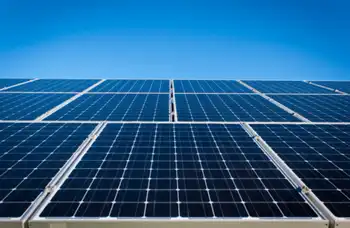Iran injects fuel into first reactor
By Associated Press
Protective Relay Training - Basic
Our customized live online or in‑person group training can be delivered to your staff at your location.

- Live Online
- 12 hours Instructor-led
- Group Training Available
The Russian-built nuclear power plant in Bushehr has international approval and is supervised by the UN's nuclear agency. However, the UN security council has slapped four rounds of sanctions against Iran over a separate track of its nuclear program — its efforts to refine uranium, which could eventually be used to create material for a weapon.
"Today, we witnessed an important development in the start up process. After fuel is injected into the heart of the reactor, the reactor door is closed. Then, it will take one or two months to reach a 40 or 50 percent nominal power," Vice President Ali Akbar Salehi told a press conference broadcast on state TV.
He pointed out that the fueling had occurred in spite of the current sanctions.
"The great Iranian nation can manage the sanctions with its resistance, efforts and endeavors and this is its proof," he said, adding that the reactor should start producing electricity "by mid February."
When the 1,000 megawatt plant originally received the nuclear fuel shipment in August, Salehi predicted it would produce electricity by November, but a leak in a storage pool delayed the process for months — the latest setback for a reactor first commissioned in the 1970s.
The U.S. recently withdrew its long-standing opposition to the plant after Russia satisfied concerns over how it would be fueled and the fate of the spent fuel rods.
Under a deal signed in 2005, Russia will provide nuclear fuel to Iran, then take back the spent fuel, a step meant as a safeguard to ensure it cannot be diverted into a weapons program. Iran has also agreed to allow the UN's nuclear agency to monitor Bushehr and the fuel deliveries.
Worries remain, however, over Iran's program to enrich uranium for nuclear fuel since the process can also be used to create weapons grade material, something Iran says it has no interest in doing.
The United States claims that the fuel deal with Russia shows Tehran does not need to enrich its own uranium, but Iran maintains it will build other nuclear power plants and has to have its own fuel source.
Iran is already producing its own nuclear fuel — uranium enriched to about 3.5 percent. It also has started a pilot program of enriching uranium to 20 percent, which officials say is needed for a medical research reactor.
Weapons grade material has to be enriched to 90 percent.
The Bushehr project dates backs to 1974, when Iran's U.S.-backed Shah Mohammed Reza Pahlavi contracted with the German company Siemens to build the reactor. The company withdrew from the project after the 1979 Islamic revolution toppled the shah and brought hardline clerics to power.
In 1992, Iran signed a $1 billion deal with Russia to complete the project and work began in 1995.
Under the contract, the Bushehr nuclear power plant was originally scheduled to come on stream in July 1999 but the start up has been delayed repeatedly by construction and supply glitches.
Moscow has cited technical reasons for the delays, but Iranian officials have sporadically criticized Russia, some calling Moscow an "unreliable partner."
Russians began shipping fuel for the plant in 2007 and carried out a test-run in February 2009.
The Bushehr plant overlooks the Persian Gulf and is visible from several miles kilometers away with its cream-colored dome dominating the green landscape.
Soldiers maintain a 24-hour watch on roads leading up to the plant, manning anti-aircraft guns and supported by numerous radar stations.











